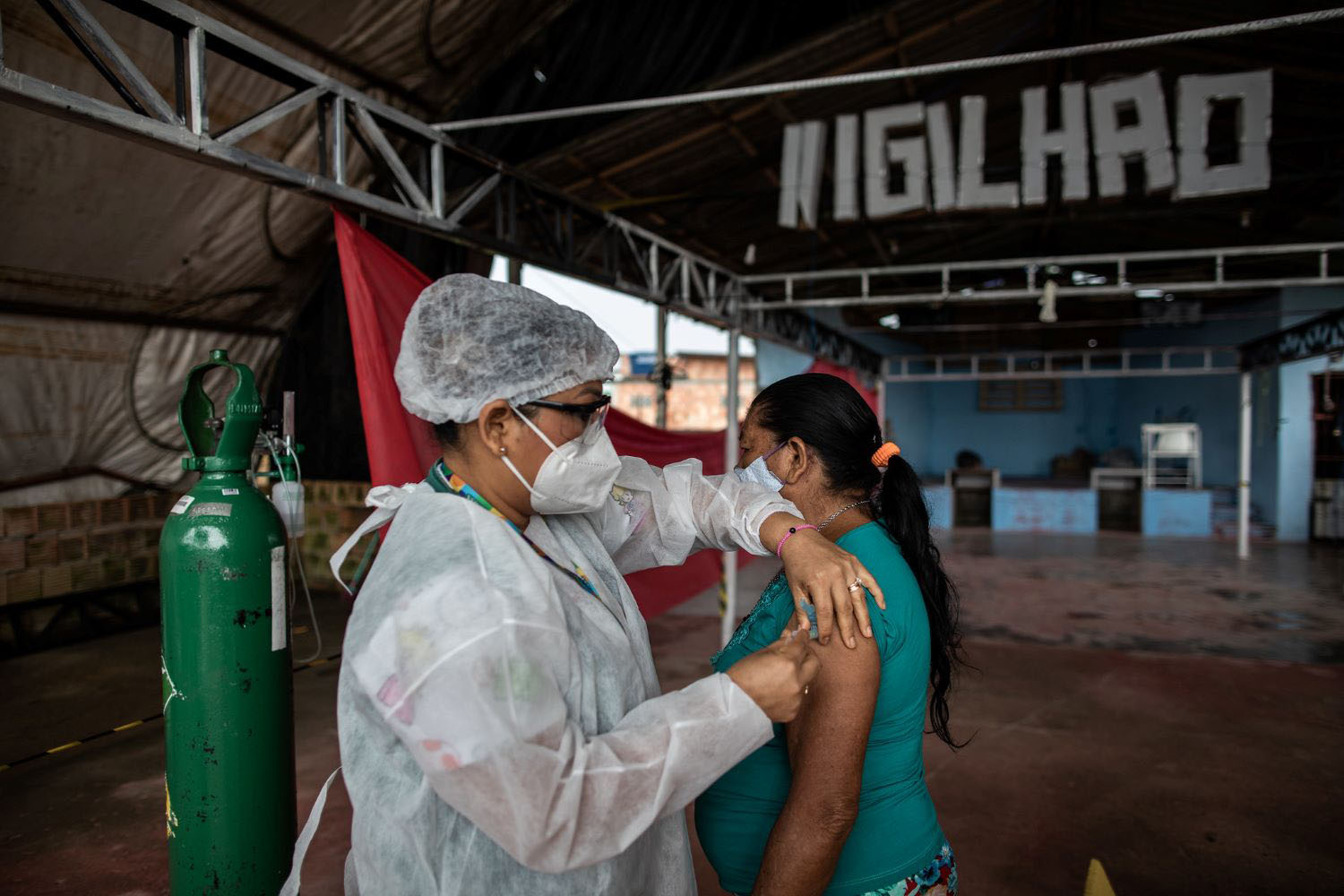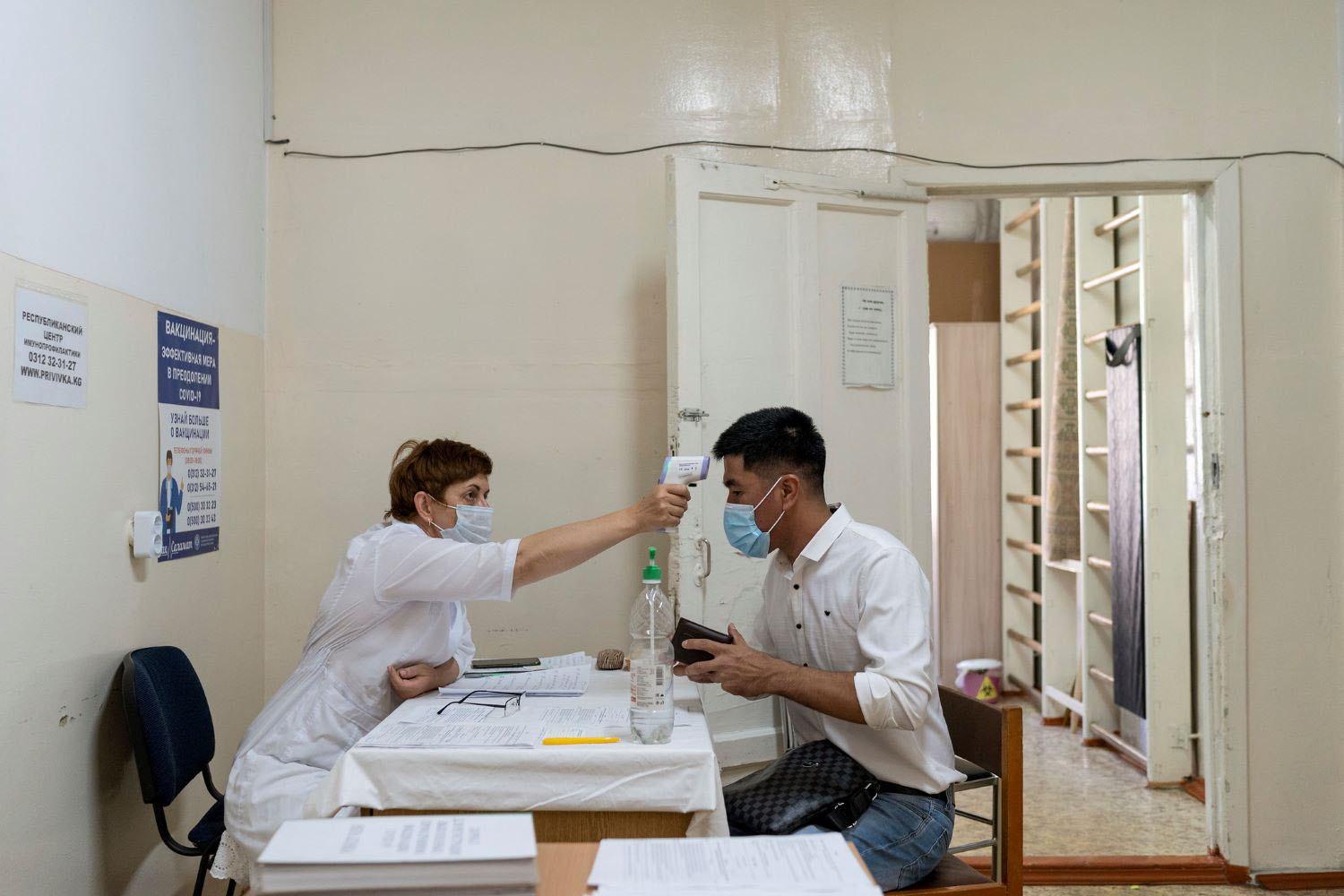July 05, 2007
* This post is co-authored by Caesar Cheelo, Lecturer in the Economics Department at the University of Zambia and Principal Investigator for the HIV/AIDS Monitor Project.Last week Laura Bush and daughter Jenna Bush stopped in Lusaka as part of their whirlwind four nation tour through Africa to highlight PEPFAR's programs and its achievements in Senegal, Mozambique, Zambia and Mali. The visit of a First Lady of the US to a country in the developing world, cleverly coined as FLOTUS in a related SAIS blog, does two things: 1) it throws the country in to a frantic and often wasteful scramble - whitewashing walls, scrubbing floors and children, rehearsing shows and painting banners - to present the shiniest version of a program on the day of the visit; and 2) it allows the US to loudly herald its success and it should, especially when you consider what its HIV/AIDS program has done in Zambia, a country heavily ravaged by the HIV/AIDS epidemic:
About 16 percent of adults are HIV-positive in Zambia, a politically stable, copper-rich but largely impoverished southern African country of 11.5 million. Zambia has been a major recipient of American HIV/AIDS funding. The country received US$149 million (€109 million) in funding through the U.S. President's Emergency Fund for AIDS Relief (PEPFAR) in fiscal 2006 and will receive almost US$200 million (€149 million) in fiscal 2007. Funding is expected to rise in 2008. While it has struggled to reduce new HIV infections, Zambia's government has put more than 90,000 people on anti-retroviral drugs over the last few years with help from the United States and other partners. The government officially made anti-retroviral drugs free in 2005, though many rural Zambians still find it hard to get care.PEPFAR and other donors are pouring resources in to Zambia with the clear purpose of supporting the national fight against HIV and this is undoubtedly a good thing. But if those dollars have to keep flowing we need to show what is and what is not being achieved with the money, how and why. CGD's HIV/AIDS Monitor is working with research partners in Africa to examine issues that are central to the global aid effectiveness agenda and some themes that are more specific to HIV/AIDS responses supported by donors and their programs in Africa. Given that data collection for Theme 1 on "Tracking the Funding" is near completion, we invited our country-based research partners to informally share what they have been learning about PEPFAR funding and programs in Zambia in the last 6 months. Their observations point to the success (summarized below) that PEPFAR has had in mobilizing external and domestic resources for HIV/AIDS, in rapidly scaling up treatment and in catalyzing the government to improve public health systems in particular. Early findings about the many challenges (and possible solutions) presented by PEPFAR funds in Zambia are also summarized below.Successes:
- PEPFAR has managed to provide hundreds of millions of newly appropriated funds to the HIV/AIDS response in Zambia. From 2004 to date, PEPFAR has consistently disbursed the largest amount of funds to HIV/AIDS programs in Zambia.
- Indirectly, PEPFAR helped to draw the attention of Zambian (and external) stakeholders to the fact that HIV/AIDS is a real emergency requiring emergency responses. This helped with mobilizing resources domestically.
- PEPFAR dollars to Zambia have contributed significantly to the expansion of one of the most rapidly scale-up treatment programs on the African continent. PEPFAR has contributed to increasing the number of HIV/AIDS patients on ART from 6,000 in 2003 to 81,000 by the end of 2006.
- The PEPFAR model has put pressure on public systems to provide higher quality HIV/AIDS services, particularly in health. The public health system has had little choice but to improve its standards to match standards in PEPFAR-supported health facilities.
- PEPFAR has helped to improve infrastructure and equipment in public health facilities, particularly since the PEPFAR treatment program has worked through partnerships with public (and private) health facilities. With the harmonization of HIV/AIDS reporting efforts in health (through the new SMART) data collection and reporting systems have also improved.
- It has been repeatedly said that PEPFAR circumvents national systems and other global initiatives (e.g., the Global Fund to Fight AIDS, Tuberculosis and Malaria) by directing the bulk of resources to a separate initiative, which requires the establishment of parallel’ structures and systems. With PEPFAR's 'big bucks,' this contributes to a weakening of existing structures and systems, e.g., human resources are being deflected away from public health facilities and programs to better funded facilities and program under PEPFAR. Solution: now that all programs and systems are fairly well established, more attention needs to be paid to harmonizing and integrating the PEPFAR system with the Zambian government’s systems through, for instance, subscription to general budget support or sector support (SWAps). This could take away PEPFAR's control over the management and use of funds and perhaps more importantly direct attribution to US foreign assistance programs.
- Generally, planning and coordination of HIV/AIDS efforts among stakeholders have become more complicated because of the emergence of a separate initiative (PEPFAR). With PEPFAR, coordination now has to be amongst more than forty US agencies and partners as well as between the US agencies and non-US agencies. Solution: harmonization and integration, as above.
- PEPFAR has strict and elaborate reporting requirements, but very disappointing transparency in disclosing information, especially on the management and use of funds by PEPFAR partners and sub-partners. This brings into question the true size of the PEPFAR financial contribution, with many commentators suspecting that up to 70% of PEPFAR funds at implementation levels are used to cover overhead costs not actual service delivery. Solution: PEPFAR has a pretty good data capture system so the data exist. The solution is to design and implement full disclosure policies.
- With little information available about the performance of PEPFAR partners in the financial management and use of funds, the question has been raised as to whether the partners really do have sufficient capacity to implement the PEPFAR program. Can the targeted numbers really be achieved? Solution: this is an empirical issue that can be best answered through research; which would require more transparency about the data.
- As applies to other global HIV/AIDS initiatives, there are worries about the sustainability of PEPFAR. Some commentators point to a possibility of donor (i.e., US taxpayer) fatigue somewhere down the road. However, there is no empirical evidence to strongly justify these worries. Indeed, the Bush administration is lobby Congress for more funding under a "new" five year plan.
- Among the more general challenges, PEPFAR and others are responding to a pretty difficult HIV/AIDS situation in an environment where systems are weak, capacities are generally constrained, infrastructure is missing or deteriorated, and the geographical spread of the country is very wide with many hard to reach areas.
Disclaimer
CGD blog posts reflect the views of the authors, drawing on prior research and experience in their areas of expertise. CGD is a nonpartisan, independent organization and does not take institutional positions.





